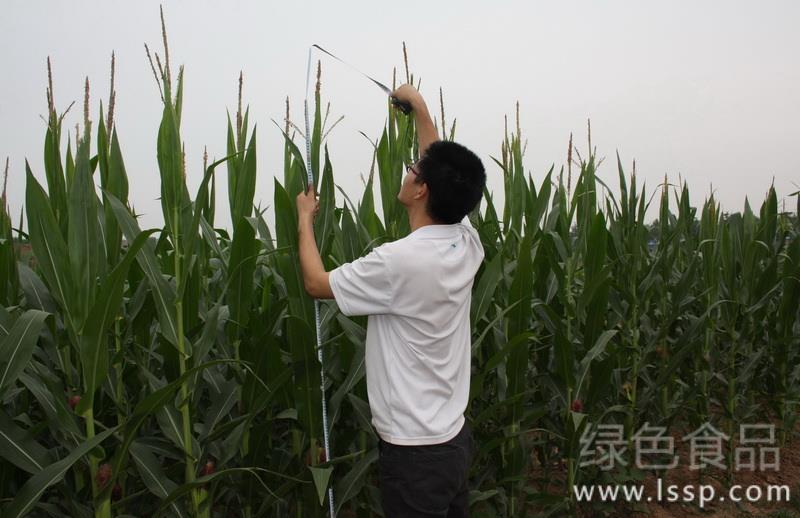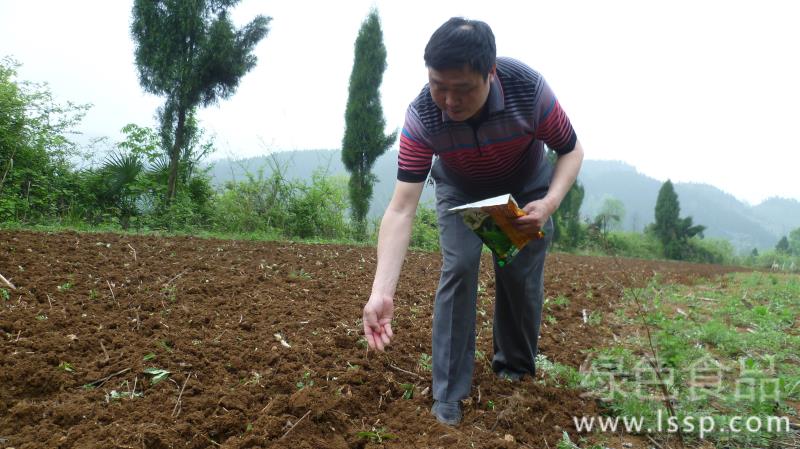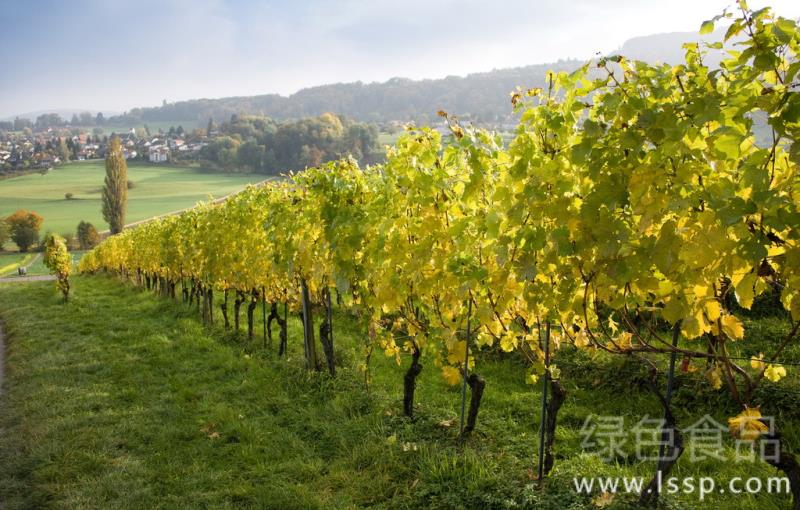Control techniques of maize diseases and insect pests in ear stage during key period of yield formation

Corn
At present, most of the summer corn in our county has entered the ear stage, and the corn has changed from the vegetative growth stage to the reproductive growth stage, which is not only the key period of yield formation, but also the epidemic period of all kinds of diseases and insect pests. It will have an impact on the yield and quality of corn.
I. Control measures of various leaf spot diseases
Strengthen cultivation management: timely early sowing, reasonable intercropping and interplanting or wide and narrow row planting, planting density should be reasonable, when too dense, the disease will be aggravated. The application of organic fertilizer should be fully mature. Low-lying land should pay attention to drainage and strengthen soil permeability.
Chemical control measures: spraying should be started before and after heading of corn and before the disease spreads. When spraying, the diseased leaves at the bottom should be removed first, and foliar fertilizer should be added at the same time, combined with the application of quick-acting fertilizer, which can not only control the spread of the disease, but also promote the health of corn and enhance its disease resistance.
1. Leaf spot: spray 75% chlorothalonil wettable powder, 50% carbendazim wettable powder, 500 times water; spray 2 times every 10 days.
2. Leaf spot: spraying 50% carbendazim wettable powder at the male stage or at the initial stage of the disease, once every 10 days, for 2-3 times in a row.
3. Brown spot: at the beginning of the disease, corn was sprayed with 1500 times of triazole (triazole copper) wettable powder or 70% thiophanate methyl, once every 7-10 days for 2-3 times.
II. Chemical control measures for various pests
1. Chemical control measures of corn aphids: the control index is 10000 aphids per 100 plants. 10% imidacloprid wettable powder 2000 times liquid or 2.5% efficient cyanide polyester 2000-3000 times liquid spray can be used.
2. Chemical control measures of armyworm: the control index is 120 insects per hundred plants. When the medicine is used in time at the young instar stage of the larvae, 40% phoxim EC can be used as 1000 / 2000 times, or 4.5% cypermethrin EC 30-60ml/ / mu is sprayed with 50 kg water. Pay attention to the spray to be uniform, thoughtful, and four fields, and all the weeds on the roadside should be sprayed.
3. Chemical control measures of corn borer and other ear insects: in addition to corn borer, there are cotton bollworm, armyworm, sorghum stripe borer and so on. The best control period is when the filaments begin to wilt after corn pollination. When the number of insect plants reaches 25% Mel 30%, or when there are up to 40 insects per ear, pesticide control should be used immediately. First, the solution is infused into the male ear: the commonly used agents are 50% dichlorvos EC 800 times liquid, 90% trichlorfon crystals and so on. According to the dosage of 10 ml per plant, these solutions were infused with the male ears of corn at the male stage. Then there is the filament: put 50% dichlorvos emulsion 800 times into a bottle with a thin plastic tube, drop a few drops on the filament base at the top of the female ear, and kill the larvae. Or aim at filament spray with 4.5% cypermethrin 1500 times liquid.
When the mixture of the above diseases and insects occurs, the above insecticides can be used to treat both diseases and insects. In the control strategy, we should give priority to insect pests, treat both diseases and insect pests, strengthen ecological control, assist with chemical control of diseases and insect pests, comprehensively and effectively control corn diseases and insect pests, ensure the safety of corn production, promote agricultural production and increase farmers' income.
- Prev

The sowing method is very important. Several key points of corn sowing technology.
The sowing method is very important. Several key points of corn sowing technology.
- Next

"Seven measures" to prevent and control salt accumulation in fruit trees
"Seven measures" to prevent and control salt accumulation in fruit trees
Related
- Fuxing push coffee new agricultural production and marketing class: lack of small-scale processing plants
- Jujube rice field leisure farm deep ploughing Yilan for five years to create a space for organic food and play
- Nongyu Farm-A trial of organic papaya for brave women with advanced technology
- Four points for attention in the prevention and control of diseases and insect pests of edible fungi
- How to add nutrient solution to Edible Fungi
- Is there any good way to control edible fungus mites?
- Open Inoculation Technology of Edible Fungi
- Is there any clever way to use fertilizer for edible fungus in winter?
- What agents are used to kill the pathogens of edible fungi in the mushroom shed?
- Rapid drying of Edible Fungi

